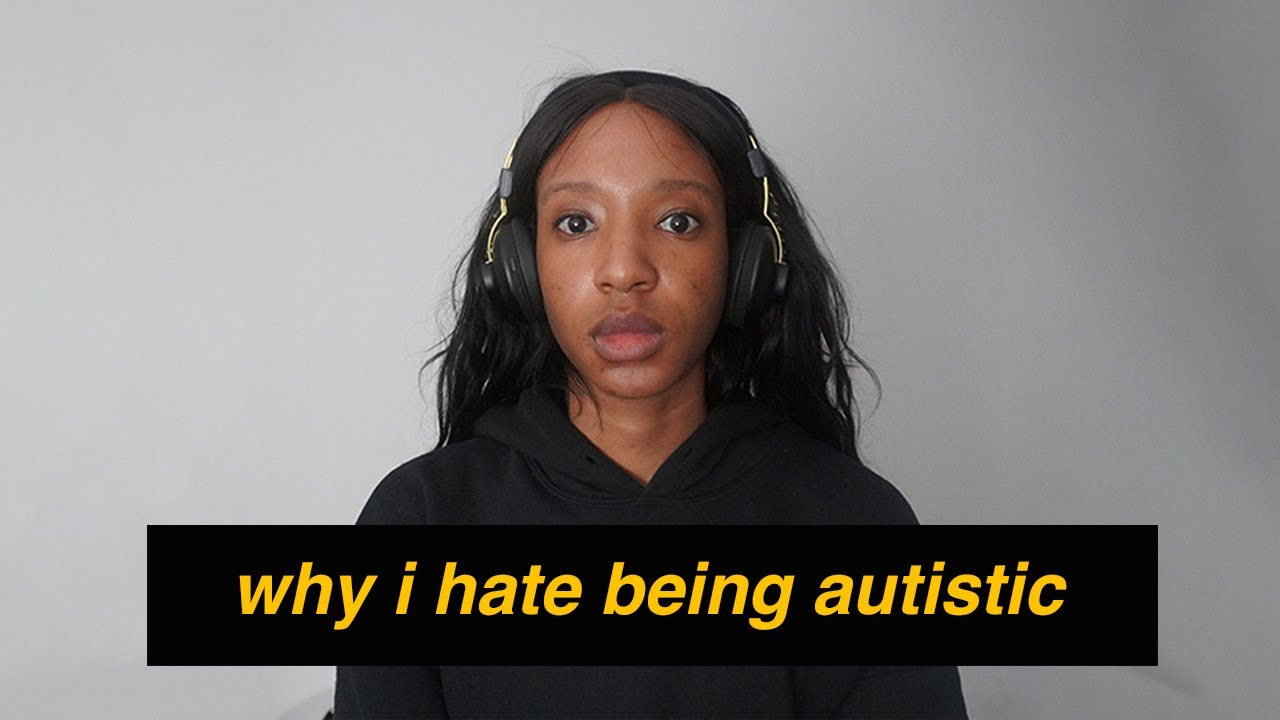Advocating for a Group That's Not Attractive
This is the third instalment of SevenSixVoices, a series where, throughout April, members of our Influencer Network give their take on inclusivity within the influencer marketing industry.
2020 was one hell of a year and governments globally showed how ill equipped they are to handle a health crisis; fair enough this was ‘unprecedented’ but our trust in them definitely went down (who knew that was even possible). Social justice and equality was once a nice narrative for media and comms work, now it's essential.
Trigger warning: brief mention of suicide
Consumers are looking at brands to drive social change - we need brands to care about social issues because governments clearly don’t. I believe that consumers can usually sniff out performative gestures, but on occasion, campaigns are actually backed with the redistribution of funds, power and internal change that is needed. Brands that work with marginalised groups and facilitate positive change help to right some of the many wrongs in society.
But what happens when the social issues that matter to you aren’t trending yet?
Why I create lifestyle content for autistic adults
I’m Tyla, I’m autistic and I create content that challenges the preconceptions around autistic adulthood. Autism is a neuro-developmental condition that 1-2% of the global population are thought to have. When I found myself ready to be an adult after university, I contacted the wellbeing team tasked with supporting students like me, only to be told I was “too ambitious” and “outside of the scope of students they tend to help”, meaning there was nothing they could do for me. I then went online to look for support or at least some helpful content from a vlogger- when navigating any transition in life there's always been some sort of content out there to be comforted by- but this time there was nothing I could relate to. It wasn’t until I took the leap to become fully independent that being autistic mattered, my autism was more disabling than ever before and without access to either support or relatable content, I felt alone in my struggle.
The reality of being an autistic influencer pt 1: Overlooked
Now all of the above matters because in the past 2 years of sharing my experiences online, I’ve built up a highly engaged following of 30,000 people across social platforms- last week I was even featured on YouTube’s Instagram account (which is mega, given the size of my channel) but to date I’ve only had a single brand deal. Just one. I believe it’s because autism isn’t trending yet. The neurodiversity movement began around 20 years ago and we’re slowly, very slowly moving towards a society that is inclusive of different brains and ways of thinking. However, until brands realise that autistic people are more likely to be gender diverse (Glidden et al., 2016) and have a lesbian, gay, bisexual, queer, or asexual sexual orientation compared to non autistic people (George and Stokes, 2018) as well as be unemployed (ONS, 2020) and suicidal, then autism awareness and neurodiversity acceptance will continue to go unmentioned in brand campaigns that align with social issues.
The reality of being an autistic influencer pt 2: Undervalued
After having conversations with my audience about periods and the accompanying sensory issues, two things that kept popping up were the a) guilt surrounding wearing unsustainable products and b) fear of trying new products that had never been reviewed by an autistic person. So I volunteered as tribute, reaching out to a brand I’ve known to do gifted and paid influencer campaigns to try out their period pants. They gifted me a pair, I posted a review on my Instagram stories and received 382 sticker taps and 30 question responses that could have been used as prompts for future campaign work. I also suggested that the brand’s First Period Pack be more inclusive by providing the option to select a book written specifically for autistic people who menstruate. The book was already on sale as a stand-alone product on the site so it was a small change to make.
Armed with stats from the stories I posted, evidence there was an interest for the product amongst my audience and the knowledge that the brand had implemented the change I suggested, I proposed we work together on a paid campaign.
This was their response:
“We would love it if you could do a youtube video review and an Instagram post - we have a budget of £100 for this.”
I’m unable to put into words just how insulting that was to receive, and just as I’d begun to process the interaction and pull out the lessons for next time, my feed was full of non-autistic influencers with similar followings doing paid work for them. Being me, I reached out to one with a similar follower count and engagement rate and asked what they were paid: it was the ‘standard’ rate for an influencer of our size.
It’s exhausting being an unpaid content creator
One of the best parts about gaining a social following is that it can financially support you, meaning that when you do spend time and energy creating content you can do so at no cost to the consumer. In my case, autistic adults are desperate for someone to relate to in the sea of perfection that is Instagram. As your platform grows, the expectations and demands from your audience increase, and as a content creator who isn’t attractive to brands I find myself regularly exhausted because I have to work another job to fund creating content and then find the time to create. For any person that would be challenging and it’s the main thing people struggle with before they’re able to monetise their audiences. When coupled with being autistic it’s nearly impossible to remain consistent which is damaging in this game, as we all know that social platforms reward consistency and quality.
Prove that All Black Lives Matter
My hope for the future is that brands see my community and want to help. I’ve not even begun to touch on the intersection of neurodiversity and race but, 2.11% of school-age Black children have an autism diagnosis compared to 1.84% of white children. On top of that, black people are 4 times more likely than white people to be detained under the Mental Health Act. If we don’t provide the support and services autistic adults need to thrive independently in society, then our future won’t look much different to the past. We can’t rely on the existing institutions to acknowledge us, that’s one of the reasons I created the Black and Neurodiverse Assessment fund, despite the fact that relying on donations through GoFundMe is unsustainable.
I’m challenging brands to recognise the platforms of black autistic content creators, involve us in their campaigns, and work with us to shape an inclusive future before autism awareness becomes a trending social cause. I want a brand to take what will be a mega rewarding risk.
Here’s a list of black autistic content creators I encourage you to support:
If you can, please donate to Tyla's Black and Neurodivergent (B+ND) fund. This fund will provide grants to young black people who suspect they are neurodiverse, enabling them to access screenings and, where possible, assessments.
DONATE TO B+ND
References
Glidden D, Bouman WP, Jones BA, Arcelus J. Gender dysphoria and autism spectrum disorder: a systematic review of the literature. Sex Med Rev. 2016;4:3-14.
George R, Stokes MA. Sexual orientation in autism spectrum disorder. Autism Res. 2018;11:133-141.

